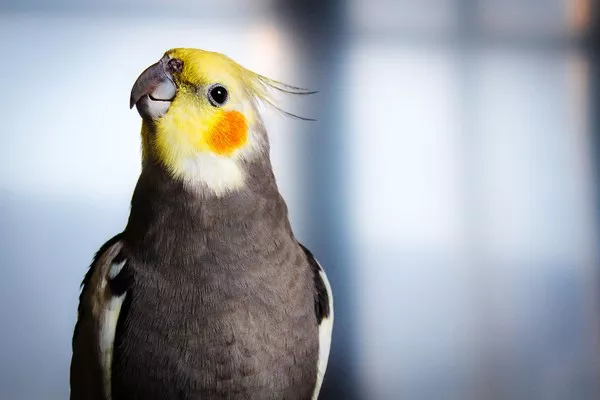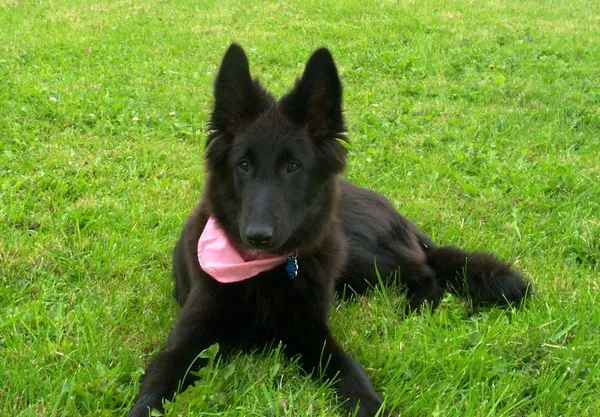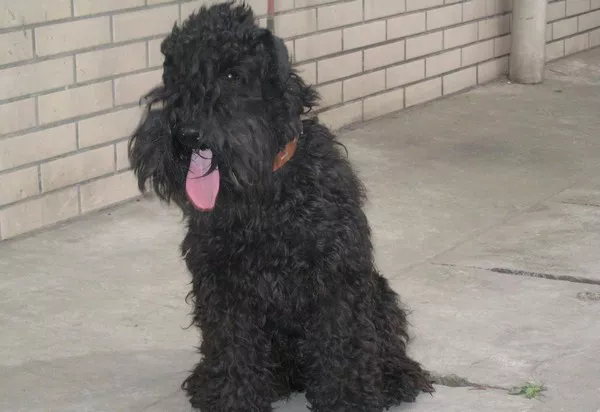Hairless cats are fascinating creatures, both for their striking appearance and their unique characteristics. With no fur to groom or shed, they stand out in the world of feline companions. However, this lack of fur often raises questions, especially about their care, health, and most importantly, their lifespan. How long do hairless cats live? In this article, we’ll explore the factors that influence the life expectancy of hairless cats, including their breed, health, and care needs, providing a comprehensive guide for prospective owners.
1. Introduction to Hairless Cats
Hairless cats, as the name suggests, are breeds of cats that have little to no fur on their bodies. The most well-known and popular breed of hairless cats is the Sphynx, though other breeds such as the Peterbald, Donskoy, and Elf cat are also recognized. These cats are not entirely bald, as they may have a very fine down or peach-fuzz like covering, but they do not possess the luxurious fur coats typically seen in other feline breeds.
Hairless cats are known for their playful, affectionate, and social nature. They are often described as being “dog-like” in terms of their need for attention and companionship. However, their lack of fur does bring about unique challenges in terms of care and health. Understanding how long these cats live requires a look at their breed-specific traits, health risks, and the impact of environmental and care factors.
2. The Average Lifespan of Hairless Cats
The lifespan of hairless cats generally falls between 12 to 16 years on average. However, some have been known to live even longer with optimal care. This range is similar to that of many domestic cat breeds, though some hairless cats may live slightly shorter or longer lives depending on various factors.
For instance, Sphynx cats, the most popular hairless breed, typically live around 12 to 14 years, with some reaching 15 to 16 years when well cared for. While this might seem slightly lower compared to other breeds, the difference can be attributed to health concerns unique to hairless cats, which we will discuss further in the article.
3. Factors Influencing the Lifespan of Hairless Cats
Several factors influence how long hairless cats live, including genetics, breed, lifestyle, and overall care. To provide a better understanding of these influences, let’s take a closer look at the most important ones.
Genetics and Breed-Specific Factors
Hairless cats come from various genetic backgrounds, and their lifespan can be influenced by the specific breed’s health traits. The two most common hairless breeds, the Sphynx and the Peterbald, have distinct genetic predispositions that can affect their health.
Sphynx cats: The Sphynx is the most well-known hairless breed, originating in Canada in the late 20th century. Their genetic makeup is unique, with the hairlessness being caused by a recessive gene. This breed is generally healthy, but Sphynx cats are more prone to certain health issues, including heart disease (such as hypertrophic cardiomyopathy), skin problems, and respiratory issues due to their lack of fur and exposure to environmental factors.
Peterbald cats: Originating in Russia, Peterbalds are another hairless breed, but they have a different genetic background. Peterbalds can be born either hairless or with a soft coat that sheds as they mature. They are known for being highly active, intelligent, and social. While generally healthy, they may also face some of the same health issues as Sphynx cats.
Donskoy cats: Also known as the Russian Hairless cat, Donskoy cats are another breed that is naturally hairless. They are often more resistant to certain health issues than the Sphynx, but they can still suffer from skin conditions and other genetic health issues.
In general, the specific breed of hairless cat you choose can have a significant impact on their lifespan. Cats from reputable breeders with strong genetic lines will have fewer health problems and typically live longer.
Health Issues Common in Hairless Cats
Hairless cats face certain health challenges that can impact their lifespan. The absence of fur exposes them to environmental elements and can make them more vulnerable to specific conditions. Some common health issues in hairless cats include:
Skin problems: Without fur to protect their skin, hairless cats can experience a variety of skin conditions, such as dryness, rashes, and fungal infections. These cats often need regular baths to remove the oils that build up on their skin, as they don’t have fur to absorb them. If skin conditions are left untreated, they can lead to more serious health problems.
Heart disease: Sphynx cats, in particular, are prone to hypertrophic cardiomyopathy (HCM), a condition that causes the heart muscles to thicken, leading to heart failure. This is a serious condition that can significantly impact a cat’s lifespan if not managed properly.
Respiratory issues: Hairless cats may also face respiratory problems, especially if they live in areas with extreme temperatures. They may struggle with heat regulation since they lack fur to help them cool down, making them more susceptible to heatstroke. Likewise, they can be sensitive to cold temperatures and may require extra warmth in colder climates.
Hyperthyroidism: Hairless cats, like other breeds, can be susceptible to hyperthyroidism, a condition in which the thyroid gland becomes overactive, leading to symptoms like weight loss, increased appetite, and agitation. If left untreated, hyperthyroidism can shorten a cat’s lifespan.
Nutrition and Diet
The diet of a hairless cat can significantly influence their health and longevity. Like all cats, they require a balanced diet that includes high-quality protein, healthy fats, and essential vitamins and minerals. Since hairless cats have a faster metabolism than regular cats, they often require more food to maintain their energy levels.
Providing a proper diet that supports a hairless cat’s immune system and overall health can help prevent issues such as obesity, malnutrition, and metabolic disorders. For example, diets rich in omega-3 and omega-6 fatty acids help maintain healthy skin, which is important for hairless cats as they do not have fur to protect them.
Exercise and Mental Stimulation
Hairless cats are highly active and social, and they require plenty of exercise and mental stimulation to stay healthy. Regular playtime, interactive toys, and engaging activities can help prevent obesity and mental boredom. These activities also promote overall well-being and contribute to a longer, healthier life.
Regular exercise is particularly important for maintaining muscle tone and cardiovascular health in hairless cats. Cats that are left to become sedentary or are under-stimulated may develop obesity, joint problems, and other health conditions that can shorten their lifespan.
Environmental Factors
The environment in which a hairless cat lives can also influence its lifespan. These cats are more sensitive to environmental factors due to their lack of fur. For instance, they are more prone to sunburn and may need to be kept indoors or have access to shaded areas when outside.
Hairless cats are also more sensitive to temperature extremes, both hot and cold. In hot climates, they should have access to cool, shaded areas and plenty of fresh water to prevent overheating. In colder climates, they may need extra warmth, such as heated beds or clothing, to help them stay comfortable and avoid cold-related health problems.
4. How to Care for Your Hairless Cat to Ensure a Long Life
Proper care is crucial to ensuring that your hairless cat lives a long and healthy life. Here are some tips for providing the best care:
Bathing: Since hairless cats do not have fur to absorb oil from their skin, they should be bathed regularly, about once a week, to remove excess oil and dirt. Use gentle, cat-friendly shampoos and make sure to dry them thoroughly after the bath.
Skin protection: To prevent sunburn and skin infections, hairless cats should be kept out of direct sunlight or dressed in protective clothing. Consider using a pet-safe sunscreen, especially if your cat has fair skin.
Regular vet checkups: Regular veterinary visits are essential to catch health issues early, especially since hairless cats are prone to heart disease and other conditions. Routine checkups and screenings for heart health, skin conditions, and thyroid problems are crucial.
Temperature control: Make sure your home is temperature-controlled to keep your hairless cat comfortable. In hot weather, provide access to cool areas and fresh water; in cold weather, offer blankets, heated beds, or even cat sweaters to help them stay warm.
Social interaction: Hairless cats are very social and affectionate, so they need plenty of attention, love, and playtime to stay emotionally healthy. Regular interaction with their owners or other pets will keep them mentally stimulated and reduce the risk of behavioral problems.
Conclusion
Hairless cats can live long, fulfilling lives with proper care. On average, they live between 12 to 16 years, though some may live even longer. Their lifespan is influenced by factors such as breed, genetics, health issues, and the care they receive throughout their lives.
These unique cats require specialized care due to their lack of fur and their sensitivity to temperature, skin conditions, and certain health risks. By providing them with a proper diet, regular veterinary care, and a safe and loving environment, you can help your hairless cat live a long, healthy, and happy life.
Related Topics:



















